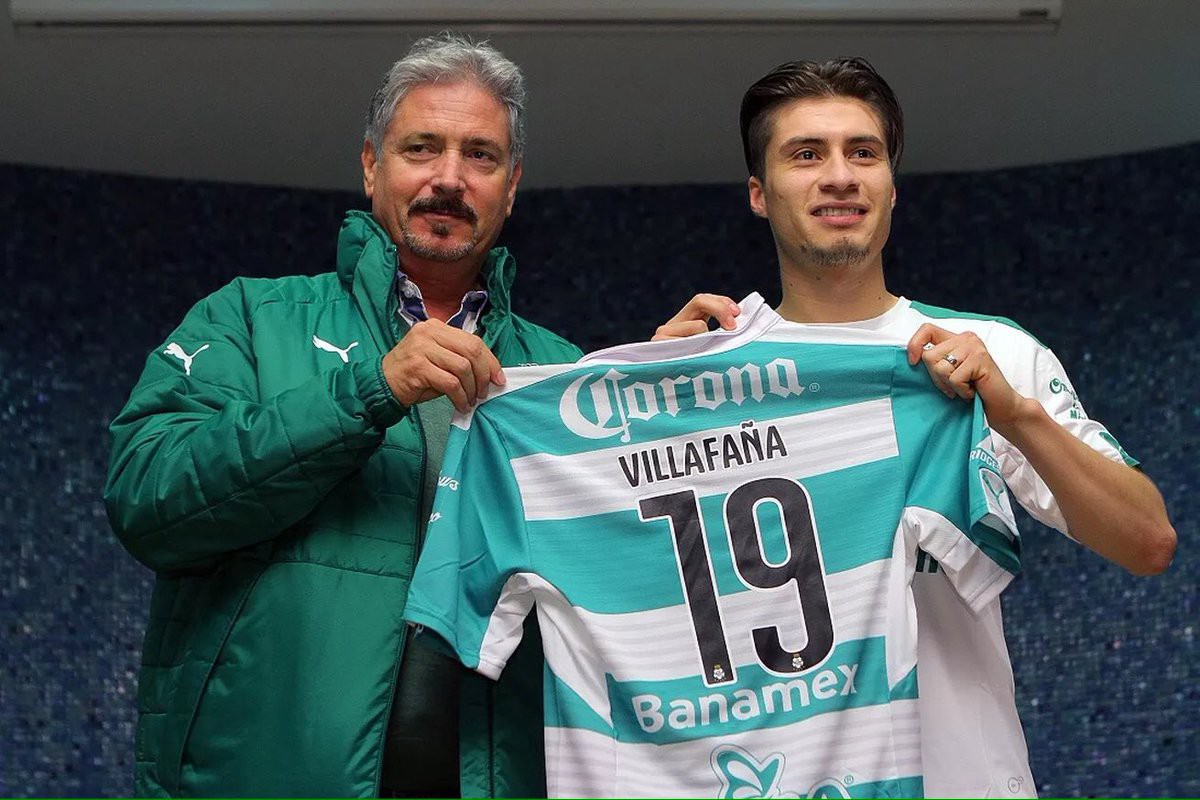The failure to invest in preventing homegrown players from moving abroad can have far-reaching effects

In the soccer world, being “Made in America” has a specific branding attached to it. If you’re in Major League Soccer, the league ultimately determines your value. If you’re elsewhere in the world, the market generally gauges your fair value and you get priced as a stock.
The current price for the bargain young American right now varies from wholesale to retail value. Wholesale means the player is required to commit to the league (MLS) as his single-entity employer for a fixed number of years while choosing retail, overseas, allows him more overall equity in himself. This enables the player to determine his personal market value and continue to improve.
Often, young MLS players are forced to negotiate twice to get a raise in salary. The player agrees to a contract with their club first, which is subsequently sent to be approved (or not) by MLS. In the end, the league itself is the supreme decision maker when it comes to valuing players. Domestic leagues investing in domestic talent appears to be a modest yet lucrative proposal, but Warren Buffet would be amazed at all of the investment potential in the underpaid domestic talent in Major League Soccer.
It’s understandable which direction the young homegrown talent usually chooses in these scenarios. Players want to go get paid true market value for their craft while enjoying an alternative experience abroad. One only needs to look at the case of Jorge Villafana. The market came knocking on his door and Villafana ended up substantially increasing his salary from his MLS reported $135,000. Now, if Villafana decides he wants to come back to Major League Soccer, his price tag will have compounded. Rather than paying the player his fair market value, the league is now forced, by the market, to pay a premium price for a slightly upgraded (or downgraded) product. The league would thus be offsetting massive long-term costs by incurring relatively small increases in upfront costs. This doesn’t reinvent or revolutionize the salary cap format by any standards (which is a topic of discussion all its own), but, rather, rethinks its investment strategy. Thus, in creating a viable, sustainable model any company or league could establish a continual economy in its infancy.
I’m not suggesting that every U.S. born player must be developed solely in MLS. Nonetheless, not paying these players upfront and conceding their development to international leagues only further devalues MLS. Many clubs consistently harp on MLS experience being one of the key factors in building a successful team. Yet these same clubs routinely display their willingness to pay a higher, risky premium price for an international player in the same position. Is the international player an instant improvement or a potential project? Or is it simply a blind adherence to the unsubstantiated theory that having more international players on a roster is a predictor for success in MLS?
Each player and case is different, of course. The vital and universally applicable question that must be asked is, “How much are we investing in each player? Furthermore, does the perceived positive difference accurately represent the actual capability to produce over one year, three years, five years, etc.?”
Consider, alternatively, that MLS decides to pay these bargain, budget-balancer players their fair market value and creates a relationship based on present and future market value (rather than arbitrary judgment). In effect, this model decreases the wage gap on teams, raises market value of all domestic players on the international stage and more importantly it further persuades the homegrown talent to develop their careers in the domestic league.
I can already sense some grumblings out there regarding Christian Pulisic. Players like Pulisic will, more than likely, always go to Europe when enticed with massive contracts. And to those who argue, “Sure but TAM addresses this issue, so stop crying!” examine where the money is used not where it’s from.
The current TAM (targeted allocation money) is essentially going to the “upper middle class” of players who are already paid closer to their market value in relation to the others. Topping salaries off at this level will only further increase the wage gap within teams and incentivize the underpaid, talented youth to leave. Instead, MLS could introduce a structured system built around the efficient appropriation of money rather than simply introducing more money. The Federal Reserve creating more currency in circulation does not inherently advance every citizen’s American Dream. Likewise, merely having more money poured into Major League Soccer won’t mean a thing unless it’s directed with a long-term strategy. This lack of long-term, stable strategy became evident in the predictable demise of Chivas USA. Exclusively targeting Chivas Guadalajara fans and the absence of a sustainable development plan, among other things, led to the club’s downfall.
The American Dream thrives on opportunity and, therefore, the American Soccer Dream must be given the chance to grow here in our domestic league. A true American Soccer identity is waiting to be displayed to the world, but this identity must stem from homegrown talent and investiture of opportunity and growth within the domestic league. This is the sustainable future of American Soccer.
Raising the level of the domestic league while simultaneously creating (and ensuring) a well of talent for the United States for years to come means the U.S. men’s national team could finally use the tagline, “Made in the USA.”

